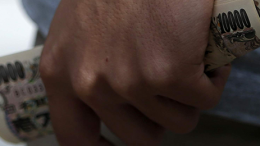2015 ahead: How do we grow now?
DUBLIN | By Sean Duffy | With fears surrounding the Eurozone, Russia and the BRICS economies, the only certainty about the year 2015 appears to be that it will continue a period of global economic uncertainty. The Corner takes a look at some of the issues and factors that are likely to dominate the headlines in the year ahead.






